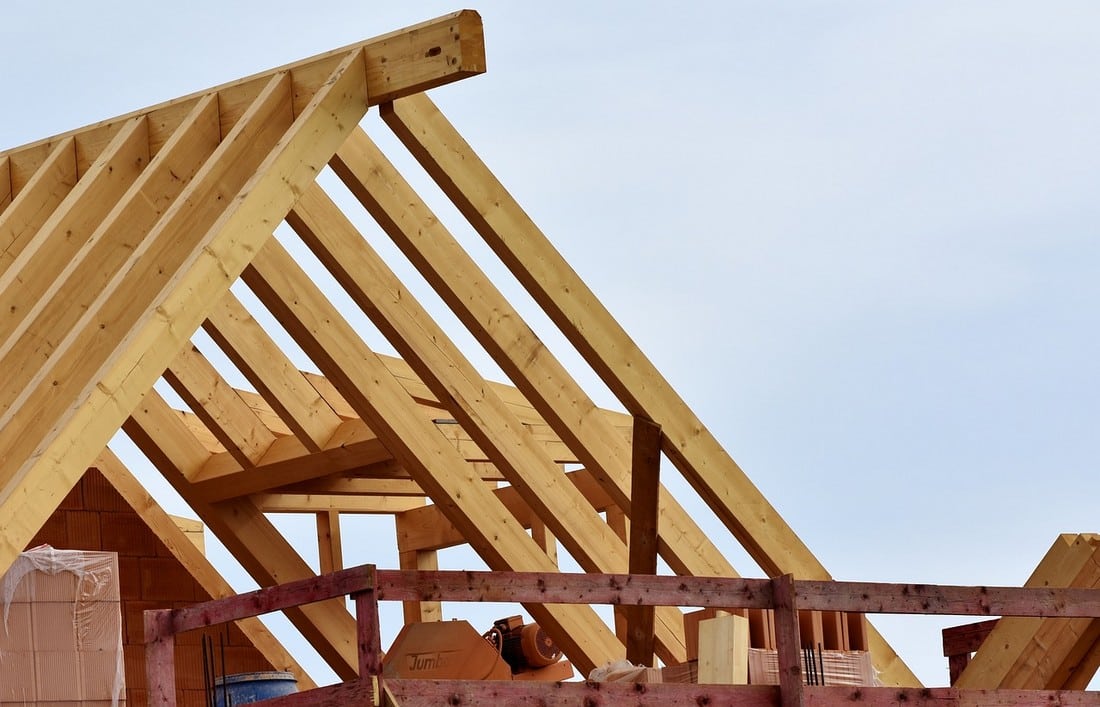
Wooden architecture showcases the timeless beauty and resilience that natural materials bring to our built environment. Wood stands out for its unparalleled warmth, versatility, and strength. It has shaped civilizations, cultures, and traditions, acting as a silent witness to the evolution of human ingenuity and artistry.
This article will explore the intricate process of transforming wood from a raw material into a mainstay of construction and the innovations that today’s architects and engineers are bringing to the field.
The Journey of Wood in Architecture
The historical roots of wooden architecture stretch back to the dawn of civilization when the first humans turned to the forests around them to create shelter from the elements. This primordial connection to wood as a building material is universal, transcending geographic and cultural boundaries.
This deep historical foundation sets the stage for wood’s enduring presence in architecture, symbolizing a continuous thread of innovation, resilience, and connection to the natural world across ages and civilizations.
The Process: From Forest to Form
The transformation of wood from forest to form is a complex process that marries traditional craftsmanship with contemporary technology, reflecting a deep respect for this natural resource and a commitment to sustainability. This journey begins in the forest, where sustainable logging practices are paramount. We’ll discuss some of them later in the article. Once harvested, the raw timber embarks on a meticulous journey of preparation and transformation.
The initial stage involves seasoning the wood, a critical process that reduces moisture content and enhances durability. Seasoning it naturally allows the wood to air dry over time.
On the other hand, using kilns expedites the process while controlling the environment to prevent warping or cracking. The next step is milling, which involves cutting and shaping wood into beams, planks, or other forms suited to architectural needs. This milling process has evolved from manual sawing to sophisticated machinery that can produce precise cuts and intricate shapes, catering to the demands of modern architecture.
The final step involves assembling components into architectural structures. These include frames, walls, roofs, and decorative elements that define the character of a building.
From traditional joinery techniques that eschew nails and screws for a more natural and enduring connection to innovative methods that combine wood with other materials for enhanced performance, the process of bringing wood into architecture is a blend of art, science, and sustainability.
Innovations and Modernity in Wood Architecture
Wooden architecture is at the forefront of merging historical artistry with modern technological advancements. As such, there are new tools, techniques, and practices, including the following:
Digital Fabrication Techniques
Integrating them into wooden architecture represents a groundbreaking shift in how architects and builders conceive and construct wooden structures. They have opened up new avenues for creativity, precision, and efficiency in wood as a primary material. Let’s discuss these methods briefly below.
Wide Belt Sanders
Choosing the right wide belt sander is a critical decision as it directly influences the quality of the finished product. The “wide belt” refers to the wide abrasive belt that moves over the surface of the wood, making it ideal for processing large pieces of timber used in architectural applications.
The primary benefit of using a wide belt sander is its ability to produce a consistently smooth surface across large panels, which is crucial for aesthetic and structural purposes. These machines can quickly remove material, correcting imperfections and preparing the wood for further treatment or finishing.
CNC Machining
It has become a cornerstone in the fabrication of complex wooden components. This technology allows precise cutting, carving, and shaping of wood based on digital designs. It has vastly expanded the potential for creating intricate details and complex forms that would be time-consuming, expensive, or even impossible to achieve through traditional carpentry.
Further, CNC machining enables the production of wooden elements with high levels of accuracy, ensuring a perfect fit and finish, which is essential for aesthetic and structural integrity.
3D Printing with Wood
3D printing with wood involves wood filament—made from wood particles and polymers—to create wooden objects layer by layer. This technique allows the production of wooden parts with complex geometries that are difficult to achieve with conventional woodworking methods. Therefore, it has the potential to revolutionize how wooden elements are integrated into architectural design, offering unprecedented flexibility in form and detail.
Sustainable Forestry and Wood Selection Practices
The ethos of traditional woodworking often emphasizes sustainability, focusing on using local, renewable resources and minimizing waste. Today, this principle is more relevant than ever as the construction industry seeks to reduce its environmental impact. By combining traditional wisdom with modern sustainable practices, wooden architecture can continue to evolve as a green building solution.
These practices encompass a range of strategies to manage forests while meeting the material needs of current and future generations. They include the following sustainability practices:
Selective Logging
It involves carefully choosing and harvesting only certain trees while preserving the overall structure and function of the forest. It minimizes the impact on the ecosystem, allowing it to regenerate naturally. Selective logging helps maintain biodiversity by preserving a mix of tree ages and species, ensuring the forest can continue to support wildlife and provide ecosystem services.
Reforestation and Afforestation
Reforestation (replanting trees in deforested areas) and afforestation (planting trees in previously non-forested areas) are critical to sustainable forestry. These practices replenish and increase forested areas, enhancing carbon sequestration, improving air and water quality, and expanding habitats for biodiversity.
Certification Schemes
Certification schemes promote sustainable forestry. They provide a framework for forest management that respects environmental, social, and economic standards. Products bearing these certifications assure architects and builders that the wood they use comes from responsibly managed forests.
Conclusion
The enduring appeal of wood, enhanced by advancements in technology and a deepening commitment to sustainability, showcases its unparalleled potential.
Encouraging a future where the artistry of wooden architecture continues to evolve requires a collective effort. It involves blending tradition with innovation—preserving the craftsmanship and cultural narratives of the past while embracing the creativity enhanced by modern technologies.
This fusion ensures that wooden architecture remains relevant and expands its potential to create spaces that are functional, beautiful, and in harmony with nature.








